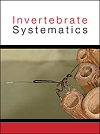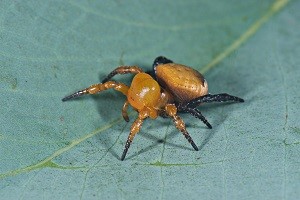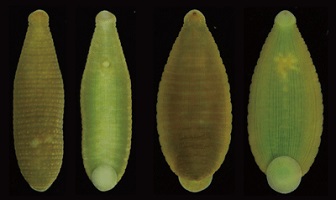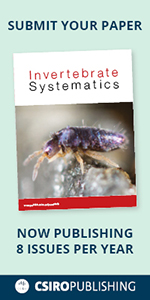IS23050Genitalic morphology and phylogenomic placement of the Australian spider Paraplectanoides crassipes Keyserling, 1886 (Araneae, Araneidae) with a discussion on the classification of the family Araneidae
 , Siddharth Kulkarni
, Siddharth Kulkarni  , Miquel Arnedo
, Miquel Arnedo  , Dimitar Dimitrov
, Dimitar Dimitrov  , Gonzalo Giribet
, Gonzalo Giribet  , Robert J. Kallal
, Robert J. Kallal  and Nikolaj Scharff
and Nikolaj Scharff 
We study the morphology, phylogenetic placement and classification of the rare Australian spider Paraplectanoides crassipes Keyserling, 1886. We complement and expand the description of this araneid species and provide the first detailed study of the male palpal homologies using scanning electron micrographs. Our phylogenetic analyses corroborate the sister group relationship between Paraplectanoides and the araneid subfamily Nephilinae. We evaluate a recent proposal for the classification, and restore the familial and subfamilial classification of Araneidae to that present in our recent works that have been based on more extensive analyses and that will result in a more stable classification of Araneidae spiders. (Photograph by Gustavo Hormiga.)






